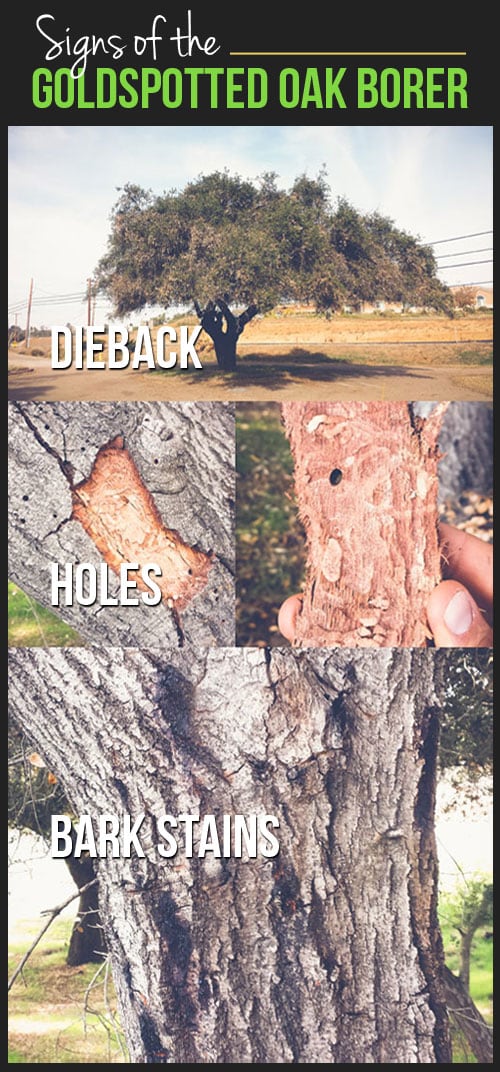Signs It's Time To Remove A Tree - A Property Owner'S Overview
Signs It's Time To Remove A Tree - A Property Owner'S Overview
Blog Article
Content Writer-Kehoe Crowder
Trees add appeal and worth to building, yet they can likewise posture a danger during severe climate occasions. If a tree has actually stopped expanding, is exhibiting noticeable fungal development, or has a leaning trunk, it must be removed by a professional to prevent property damages and injury.
For more information, go to a home owner source fair co-hosted by HPD, the Center for New York City Neighborhoods, and Brooklyn-based real estate companions this night in Bedford-Stuyvesant. The occasion will feature the Homeowner Handbook, a brand-new guide to assist home owners navigate the responsibilities of possessing a home.
1. Dead or Dying Branches
Trees are an indispensable part of your home's landscape, offering color and charm. They likewise offer shelter for wild animals and generate oxygen, yet also healthy and balanced trees can experience illness that may necessitate their elimination. Dead or passing away trees aren't simply unsightly, they can be hazardous. Their branches can fall throughout a storm, causing pricey building damage and injuries.
When a tree's branches start to die, it implies that its framework is beginning to break down. If how to prune a kowhai tree of its branches are dead, it is likely time to remove it.
cost of hedges for a lack of brand-new growth, bark peeling, open wounds or cavities, fungi expanding on the trunk or origins and a basic appearance of decay in the whole cover. These indicators of infection can show a significant problem that will require specialist tree services to fix.
2. Leaning Trunk
While it's typical for trees to lean periodically as a result of phototropism, if a tree has a dangerous or serious lean that's not because of natural processes - maybe an indication that the tree requires to be eliminated. If the tree is favoring a power line, home, vehicle, play structure or any other location that could be unsafe to individuals if it drops, then contacting a professional tree service for elimination need to be a top priority.
It's also important to look for any type of sudden changes in a tree's leaning as it can suggest damage to the origins or trunk that might cause falling. This is especially real throughout stormy weather, given that high winds and rain-soaked soil can trigger a lean to alter promptly. Regular tracking, particularly during and after storms can aid property owners acknowledge prospective issues with their trees so they can call an arborist for an extensive analysis.
3. Pest Infestation
Some pest problems, such as wood-boring pests like emerald ash borer or sap-suckers like range insects, are so serious that they can cause a tree to pass away. The most effective means to stop pest infestation is to check your trees often. Try to find areas, holes, or discolorations in the fallen leaves and bark. Take a look at the trunk for fractures and indicators of insect damages, such as passages or tracks.
If a tree becomes as well infested with parasites, or is close to a home or power lines, an arborist might advise elimination. If a leaning tree establishes a new, unsteady lean, an arborist will likely advise removal as well to ensure the safety of people and building. If a damaged or dead tree constantly loses excessive branches, it is an indication that it is time to eliminate the tree. If a tree remains to shed branches for an extended period of time, it might result in structural issues and possible home damage.
4. Harmed Trunk
Trees are a gorgeous and integral part of our landscape, yet they do require routine like maintain them healthy and balanced and safe. If a tree is harmed beyond repair it is most likely time for it ahead down.
Look for indications of damage to the trunk, including upright cracks, seams, dead branch stubs, noticeable injuries or open dental caries and serious tree-rot. The presence of fungis at the base of the trunk is one more cautioning indicator. Fungis might indicate that the phloem and xylem (life-support tissues) are compromised, enabling the spread of condition or a future failure.
Additionally, think about whether the tree has actually stopped growing. Healthy and balanced trees will have new development every year, which might show up as buds or branches growing and extending. If you don't see any new growth, it's a great idea to have an arborist examine the tree and follow their recommendation for removal. A passing away or harmed tree can drop and trigger building damages.